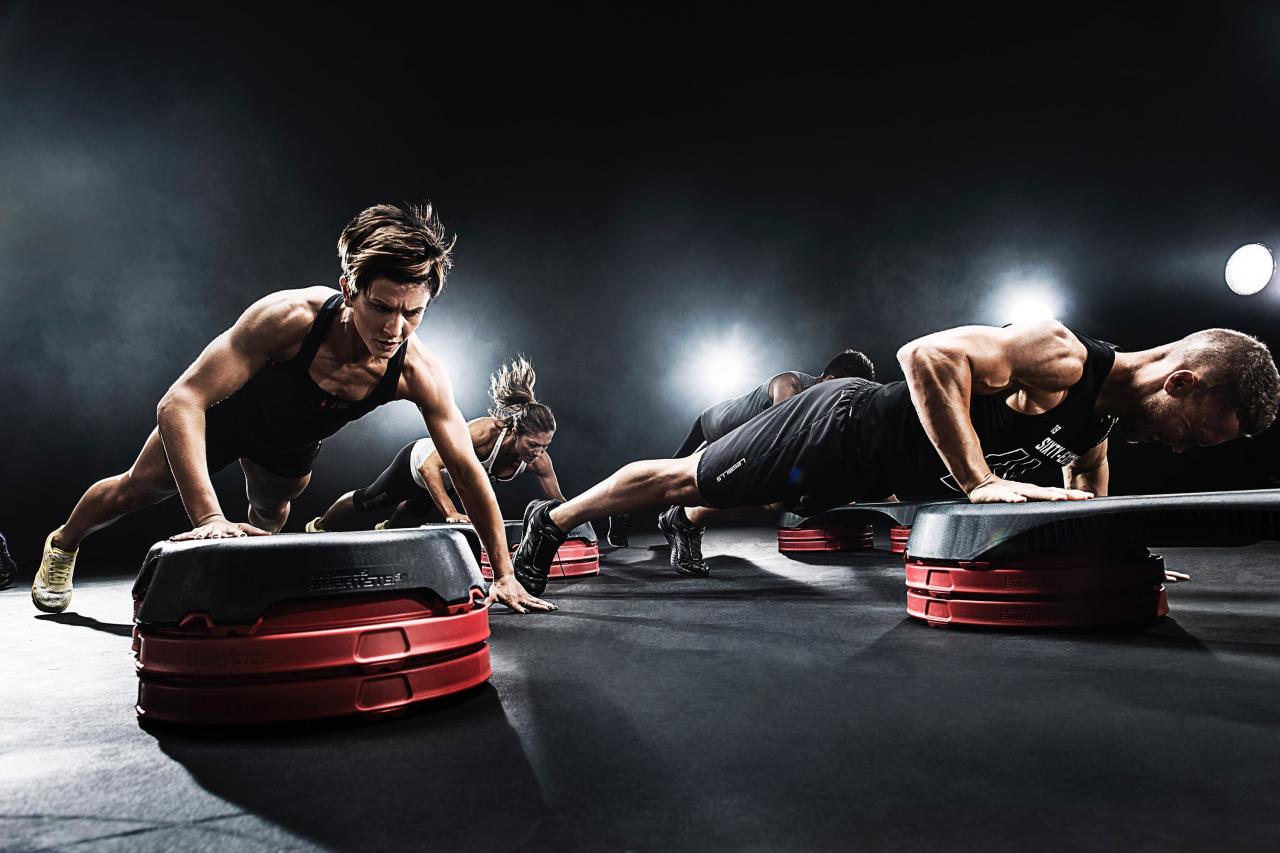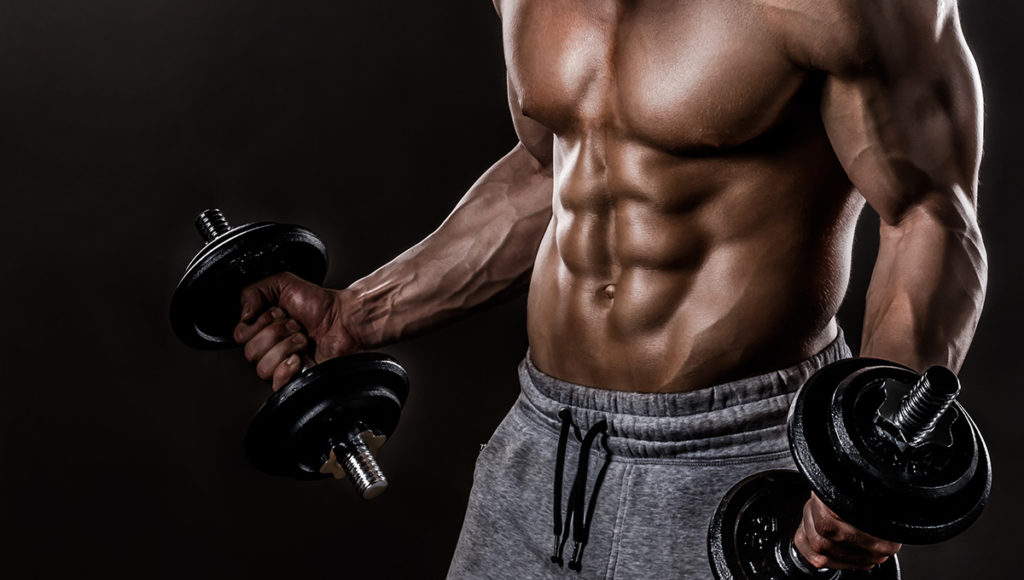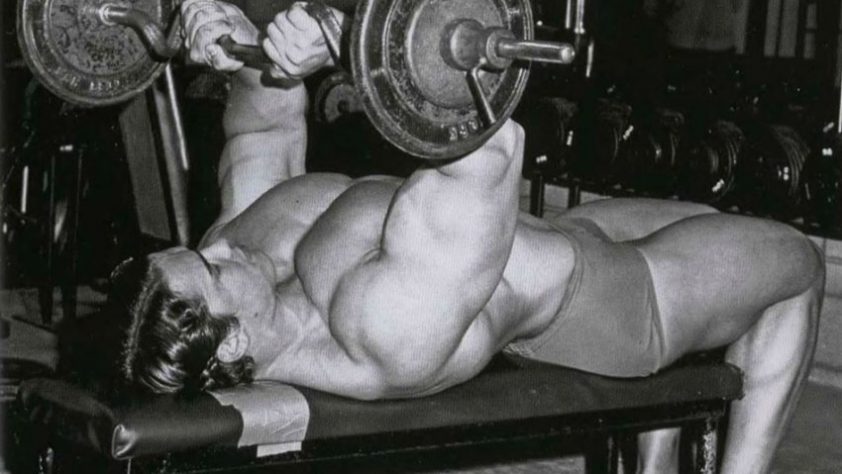This article provides practical advice for long-term bodybuilding and powerlifting athletes . We have tried to collect information that allows experienced athletes to reach a new level of training. You can figure out how to get out of your training plateau . The main focus is on the most effective aspects of bodybuilding and powerlifting. This article is especially useful for athletes who have exhausted the capabilities of the basic training program and need to introduce new methods to create overload.
What is the difference between a professional and a beginner athlete?
In our understanding, a professional athlete is characterized by:
- Knowledge of the physiological aspects of bodybuilding: the biochemical process of muscle work, understanding the mechanisms of muscle tissue growth.
- Knowledge of the basics of dietetics and pharmacology
- Ability to choose sports nutrition
- Correct exercise technique
- Experience of systematic classes for more than 3 years
- Lack of effect from the basic training program
An experienced or professional athlete differs from a beginner primarily in that he owns the theory and practice of bodybuilding, this allows him to independently, without the help of a coach, compose the most suitable training program for himself . This article will help you understand the details of the high-intensity training required to overcome muscle adaptation and training plateau.

Recommendations and rules
Super Intensive Training
The main reason for the training plateau is muscle adaptation to stress. The basic programs offer, as a rule, an average intensity of training in a constant mode, as a result of which the muscles become accustomed to physical activity and the training is perceived as an ordinary job that does not cause the body to need muscle hypertrophy. This circumstance gives rise to the need to create an additional load (the so-called principle of shock), which will stimulate the muscles to grow.
A set of special techniques designed to create overload is allocated to a special training category – high-intensity training, and pumping exercises are also singled out separately .
Read the main article: High Intensity Training
- Do 1-2 high-intensity exercises (including pumping ) per muscle group.
- High-intensity exercises are recommended in one workout out of 3-4, otherwise you will re-adapt the muscles.
- Vary your high-intensity workouts from one workout to the next.
The principle of overload
Overload is the basis for increasing any parameter of physical fitness (strength, muscle volume, endurance, etc.). With its implementation, the muscles each time are forced to work more intensely compared to the regime to which they are accustomed. To increase muscle mass, strive to progressively increase weight. To increase local muscle endurance, reduce the rest time between sets, or increase the number of repetitions in a progressive manner. The concept of progressive overload is at the heart of all sports training and is fundamental.
Variable Intensity Training
Another powerful anti-adaptation trick is the variable intensity training method. Its essence lies in the fact that all training takes place at three levels of intensity: hard training (90% of maximum intensity), medium (70%) and light (50%). Intensity means, first of all, weights, while the number of approaches and sets, as well as the speed of the exercise, can be left unchanged. Do your workouts in the following order: light – medium – heavy – light – medium – heavy, and so on.
Isolation
Use more isolation exercises , leaving 30-50% of the basic exercises . Apply isolation exercises to lagging muscle groups.
Split training
Do a split workout . A three-day split is considered optimal. This allows you to work out individual muscle groups as much as possible, at the same time, the total load in one workout remains the same. Split training gives the muscles more time to recover, which is very important for the experienced athlete.
The principle of “priority”
Start training the weakest part of your body first in each session, while your energy is at its highest. For example, if your shoulder muscles are weak, you should first do overhead barbell or dumbbell presses , pulls to the chin, and extend your arms to the sides, and only then start training another muscle group. This will maximize the intensity of your shoulder training by prioritizing these exercises.
Recovery
In the context of high-intensity training, recovery is very important. Many scientists agree that full muscle recovery takes at least 3 days, after which muscle growth begins. Engage in split training with such frequency that the rest period for one muscle group is at least 5-7 days. If you ignore these tips, then obviously, a training plateau will soon come, and then overtraining .
Conclusion
In conclusion, I would like to add that a professional athlete should always go to the experiment, in search of the most suitable method or principle for himself. There is a lot of controversy in bodybuilding, not because no one knows anything, but because each athlete is different. For one it will give a positive result, but for another it will give nothing at best. Only you yourself can determine whether this or that system is right for you during the experiment: introduce something new and evaluate the results within 1-3 months.
Evaluation of results is important in bodybuilding, otherwise you simply cannot determine the effectiveness. Take careful measurements of fat folds, diameters of limbs, waist, chest, and so on 2-4 times a month, weigh yourself at least once a week.




